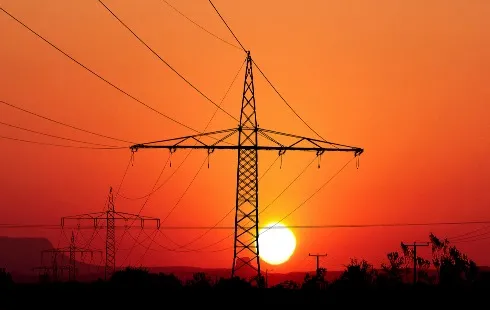
Trump's Tariff War: China Urges Immediate Repeal of Tariffs Amid Countermeasures
Section: News
The rising frequency of extreme weather events has brought attention to the importance of hail prevention. In Austria, the Elemental Damage Prevention Center (EPZ) has issued a warning regarding the significant financial risks posed by hailstorms, which can cause extensive damage to buildings, vehicles, and crops.
Currently, Austria lacks a comprehensive legal framework for hail protection, unlike Switzerland, where hail is recognized as a distinct risk category. The absence of mandatory regulations emphasizes the importance of personal responsibility when selecting resilient construction materials, according to experts at the EPZ.
To mitigate hail damage, the EPZ recommends a three-tiered preventive system for properties:
Building materials such as roofing, facades, and photovoltaic systems can be tested for hail resistance at the Institute for Fire Protection Technology and Safety Research (IBS). Materials are classified into five hail resistance classes (HW1-HW5), with HW4 recommended for new constructions to withstand significant hail impacts over a ten-year period.
Investing in durable materials may incur additional upfront costs, but the long-term benefits could outweigh these expenses. Insurance payouts for hail damage often have limits, while the actual costs of repairs can be substantially higher and potentially threaten financial stability.
For further assistance on damage prevention strategies, the EPZ offers guidance on planning measures to minimize the impact of natural disasters. Property owners can refer to the hail testing and registration services provided by EPZ to ensure their structures are adequately protected against hail damage.

Section: News

Section: News

Section: Politics

Section: News

Section: News

Section: Politics

Section: Arts

Section: News

Section: News

Section: Business

Health Insurance in Germany is compulsory and sometimes complicated, not to mention expensive. As an expat, you are required to navigate this landscape within weeks of arriving, so check our FAQ on PKV. For our guide on resources and access to agents who can give you a competitive quote, try our PKV Cost comparison tool.

Germany is famous for its medical expertise and extensive number of hospitals and clinics. See this comprehensive directory of hospitals and clinics across the country, complete with links to their websites, addresses, contact info, and specializations/services.

Join us for a captivating organ concert featuring Giacomo Gabusi from Bologna. Experience an evening of classical music with works by Wagner, Bossi, and Messiaen, among others. This event is part of the Pasinger Orgeltage series, promising a delightful musical experience. Admission is free, but...
No comments yet. Be the first to comment!